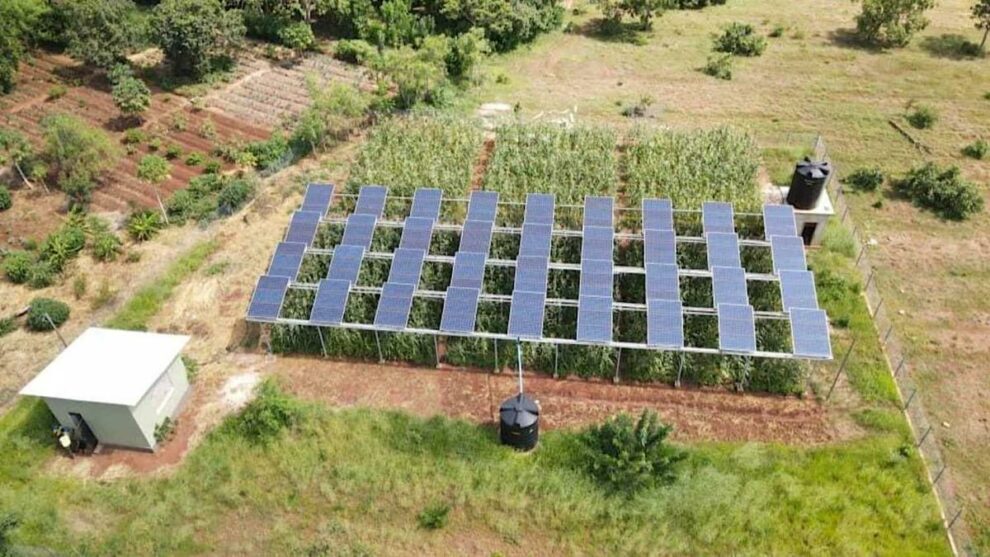Spanish researchers have unveiled a revolutionary agricultural approach that could transform global food production by successfully combining solar energy generation with olive farming. The groundbreaking study, conducted at the University of Córdoba and published in the Journal of Cleaner Production, demonstrates how agrivoltaics – the integration of solar panels with crop cultivation – can enhance both energy production and agricultural yields.
The research team’s innovative model focuses on incorporating solar collectors within hedgerow olive plantations, creating a symbiotic relationship between energy generation and food production. Their simulation models revealed a remarkable synergy: solar panels provided crucial shade and wind protection for the olive trees, while the natural evaporation from the plants helped cool the panels, boosting their electrical efficiency.
This dual-purpose land use strategy represents a significant breakthrough in sustainable agriculture. Traditional farming methods often face challenges from extreme weather conditions and resource competition, but the agrivoltaic approach offers a solution that maximizes land efficiency while protecting crops and generating clean energy simultaneously.
The study’s findings suggest that farmers could potentially create two revenue streams from the same plot of land without sacrificing productivity in either sector. However, the researchers acknowledge that implementing this technology requires careful consideration of specific landscape features and farming practices. The density of solar panel placement must be optimized to ensure agricultural equipment can still access the crops effectively.
Beyond the immediate benefits to farmers, the agrivoltaic system offers substantial environmental advantages. The approach could significantly reduce water consumption through improved moisture retention under the panels, while simultaneously enhancing soil health. The integrated system also minimizes the need for additional farming inputs, resulting in lower carbon emissions from transportation and agricultural operations.
The implications for urban farming are particularly promising. When implemented in city environments, agrivoltaic systems could help combat the urban heat island effect by providing shade and reducing ambient temperatures. This dual benefit of food production and climate mitigation could make cities more resilient and sustainable.

The technology’s potential impact on land conservation is equally significant. By optimizing existing agricultural land for both food and energy production, agrivoltaics could reduce the pressure to clear new areas for either solar farms or crop cultivation. This efficiency could help preserve natural habitats and protect biodiversity, addressing multiple environmental challenges simultaneously.
The Spanish research adds to a growing body of innovative agricultural solutions emerging worldwide. Companies like Plenty are developing vertical farming systems that dramatically increase crop yields in confined spaces, while Agzen is leveraging artificial intelligence to optimize pesticide use. Scientists are also making strides in developing drought-resistant varieties of common crops, preparing agriculture for a changing climate.
While agrivoltaics remains in the research phase, the promising results from the University of Córdoba study suggest that commercial implementation could be on the horizon. The technology’s potential to address multiple challenges – from food security to renewable energy generation and environmental protection – makes it an attractive solution for sustainable development.
As climate change continues to threaten traditional agricultural practices, innovations like agrivoltaics offer hope for a more resilient and sustainable food system. The ability to produce both food and clean energy on the same land could revolutionize farming practices globally, helping to feed a growing world population while contributing to climate change mitigation efforts.
The success of this Spanish study marks a significant step forward in sustainable agriculture, demonstrating that with innovative thinking and careful design, renewable energy and food production can not only coexist but thrive together, creating a more sustainable future for global agriculture.
















Add Comment